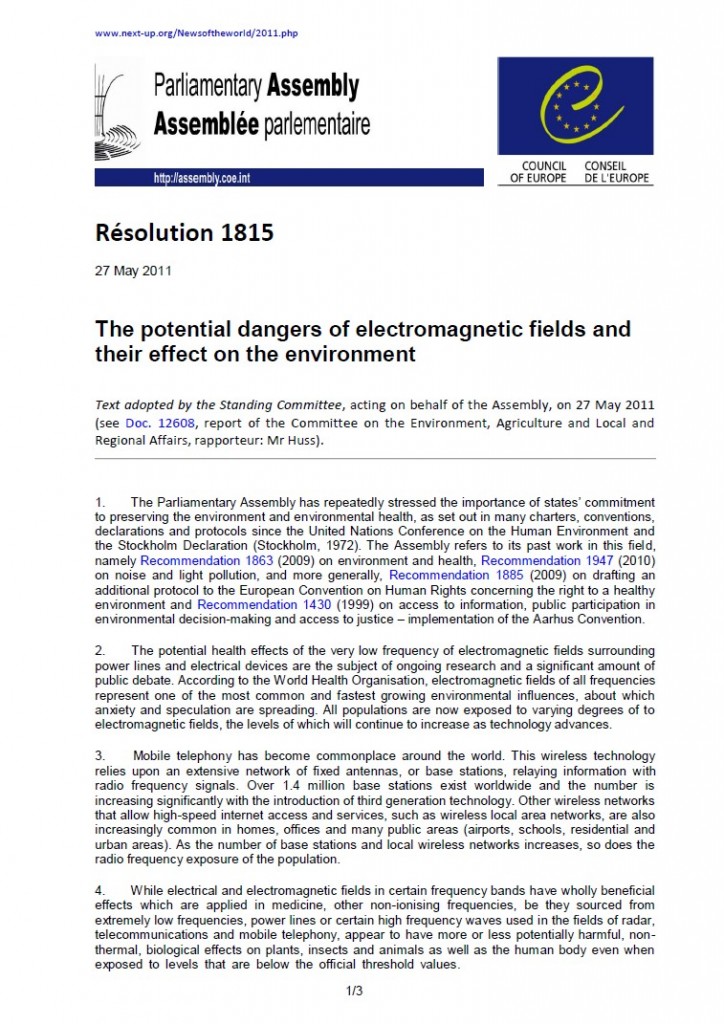Portada del sitio > Documentos > Commentary on the utility of the National Toxicology Program (...)

Commentary on the utility of the National Toxicology Program study
Viernes 21 de septiembre de 2018 · 421 lecturas
Commentary on the utility of the National Toxicology Program study on cellphone radiofrequency radiation data for assessing human health risksdespite unfounded criticisms aimed at minimizing the findings of adversehealth effect
ABSTRACT
The National Toxicology Program (NTP) conducted two-year studies of cell phone radiation in rats and miceexposed to CDMA- or GSM-modulated radiofrequency radiation (RFR) at exposure intensities in the brain of ratsthat were similar to or only slightly higher than potential, localized human exposures from cell phones held nextto the head. This study was designed to test the (null) hypothesis that cell phone radiation at non-thermalexposure intensities could not cause adverse health effects, and to provide dose-response data for any detectedtoxic or carcinogenic effects. Partial findings released from that study showed significantly increased incidencesand/or trends for gliomas and glial cell hyperplasias in the brain and schwannomas and Schwann cell hyper-plasias in the heart of exposed male rats. These results, as well as the findings of significantly increased DNAdamage (strand breaks) in the brains of exposed rats and mice, reduced pup birth weights when pregnant damswere exposed to GSM- or CDMA-modulated RFR, and the induction of cardiomyopathy of the right ventricle inmale and female rats clearly demonstrate that the null hypothesis has been disproved. The NTP findings are mostimportant because the International Agency for Research on Cancer (IARC) classified RFR as a “possible humancarcinogen” based largely on increased risks of gliomas and acoustic neuromas (which are Schwann cell tumorson the acoustic nerve) among long term users of cell phones. The concordance between rats and humans in celltype affected by RFR strengthens the animal-to-human association. This commentary addresses several un-founded criticisms about the design and results of the NTP study that have been promoted to minimize the utilityof the experimental data on RFR for assessing human health risks. In contrast to those criticisms, an expert peer-review panel recently concluded that the NTP studies were well designed, and that the results demonstrated thatboth GSM- and CDMA-modulated RFR were carcinogenic to the heart (schwannomas) and brain (gliomas) ofmale rats.
Ver el paper original en pdf adjunto








